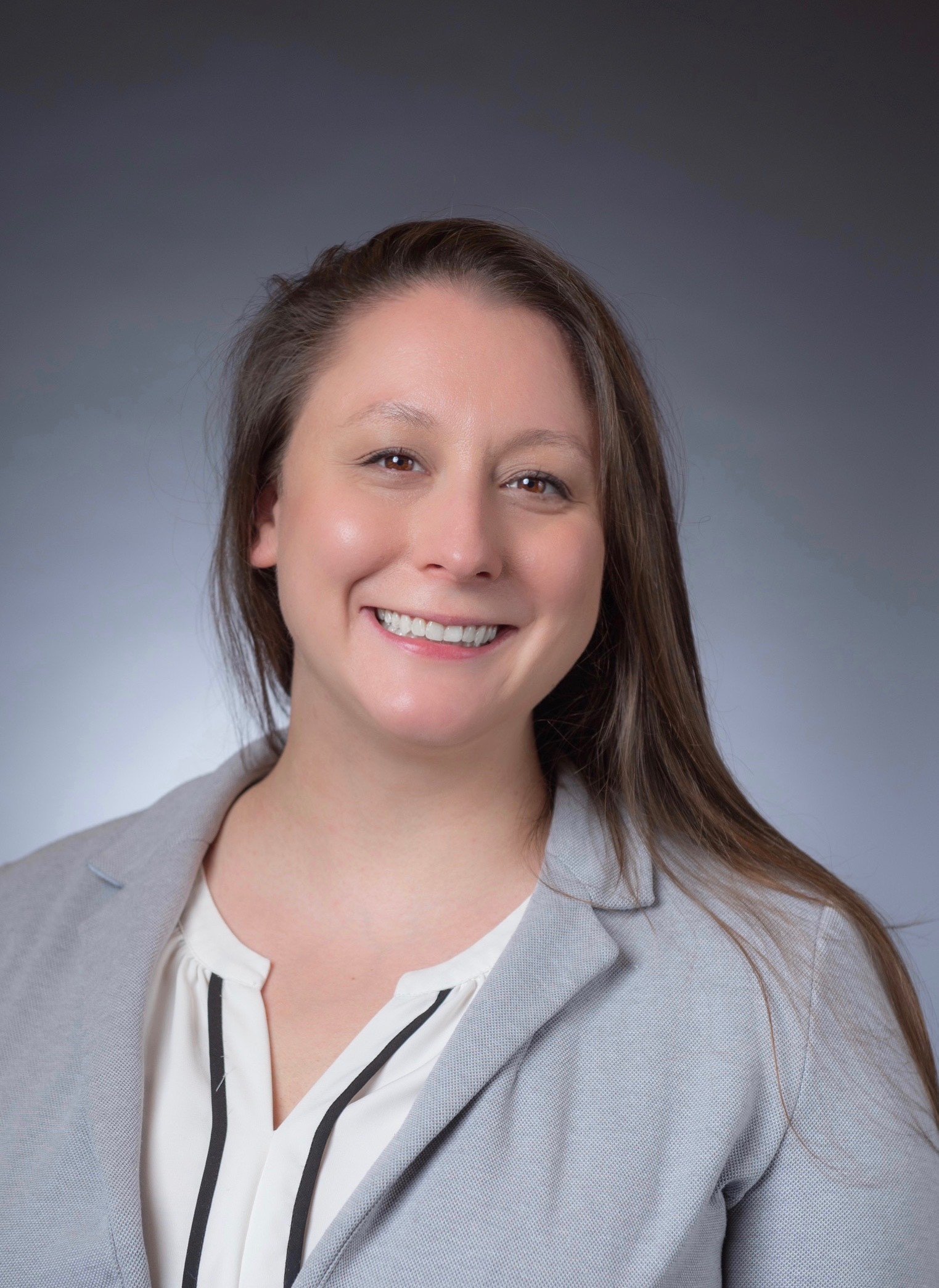
Editor's Note: This blog post was originally published December 18, 2020 but has since been updated with updated information. For the most up-to-date information about states' vaccine plans, please visit this page.
On December 11, 2020, the FDA granted emergency use authorization for one of several COVID-19 vaccines under development. Prior to this authorization, the federal government and state health departments have been planning for vaccine distribution, with prioritization based on the individual risk for COVID-19 exposure. While the federal government has provided guidance on prioritization in distribution, each state is tasked with making its own distribution plan for the state population. Child Care Aware® of America (CCA0A) is reviewing each state’s plan to understand how they are prioritizing child care providers to receive the vaccine and to ensure providers are treated equitably as a first step in ensuring access. As plans continue to evolve, we will update this blog and monitor other factors that may impact access.
The Role of States in Vaccine Distribution
The Centers for Disease Control and Prevention (CDC) is tasked with authorizing a vaccine for public distribution and setting the immunization schedules based on recommendations from its Advisory Committee on Immunization Practices (ACIP). ACIP recommended in interim guidance that the COVID-19 vaccine should be distributed in its first phase (1a) to 21 million health care workers and 3 million long-term care facility staff and residents. ACIP recommends the next group to be vaccinated in Phase 1b include people ages 75 and older and frontline essential workers, including child care providers. Teachers and educational support staff are also recommended to be included in this next phase.
Since demand is anticipated to exceed initial supply, states and local governments play an integral role in the distribution of the vaccine. The CDC requested states to submit interim plans in mid-October 2020 based on the CDC’s Interim Playbook, which emphasizes that vaccination planning is a combined state and local responsibility that requires close collaboration between public health, external agencies, and community partners. Jurisdictions were required to plan for three phases: (1) potentially limited supply of vaccine doses available; (2) large number of vaccine doses available; and (3) sufficient supply of vaccine doses for entire population. States are continuing to update their plans as more federal guidance and information about the vaccine is released.
State Vaccination Plans and Child Care
While the plans were required to cover the same 15 critical areas (such as administering capacity, tracking, managing inventories, distribution priorities, etc.), states and local jurisdictions have flexibility with the components of their plan and are not required to follow ACIP’s recommendations. The National Academy for State Health Policy found in its analysis several key differences when comparing state plans. Chief among these is the number of phases states use to prioritize populations for vaccination, which makes it difficult to accurately compare phases among states. States use between two to five phases, with some using subcategories within a phase (i.e., 1-A, 1-B). Many states have detailed which populations would be covered in different phases, while others have only listed the first phase or two and are waiting on additional federal guidance before making further decisions.
To date, 38 states have specifically noted which phase child care providers will be able to access the vaccine, which are reflected in the chart below. It is not clear if this definition of child care covers providers in all delivery settings, staff at child care resource and referral agencies (CCR&Rs), or others involved in the child care system, like licensing staff, for example. Our coalition partners at Homegrown and the National Association for Family Child Care (NAFCC) have identified the need for more clarity around the issues facing family child care and family, friend, and neighbor care. Other states, such as South Dakota and West Virginia, have broad categories like “teachers” and “education staff,” which could potentially include child care providers, but again requires more clarity as distribution moves forward.
So far, in the 38 states that include child care providers in their plans, they are included with K-12 educators in the same phase and are generally prioritized in the phase after health care workers and long-term facility staff and residents. Florida is breaking with the ACIP recommendations for its Phase 1B and including just those who are 65 years and older and frontline workers, including child care providers, were not included in the Governor’s December 23rd Executive Order. Other states, such as Nebraska and Oregon, have still not specifically noted when child care providers will be able to access the vaccine, but have noted they will be guided by ACIP’s recommendations as they determine prioritization in future phases.
State Vaccination Plans that Include Child Care
Next Steps
It is important to note that these state plans are not yet final and are expected to be updated as more information from the CDC becomes available. For state plans that do not yet specify which phase child care providers will have access to the COVID-19 vaccine, we encourage you to reach out to your state and local policymakers to learn more about when those details will be included.
CCAoA will continue to update this blog to reflect any updates in state plans as they become available. CCAoA will work with our members and expert advisors on our Public Health Task Force to identify and disseminate relevant information about COVID-19 vaccine access and distribution to inform and support the child care community as CCR&Rs, programs and families continue to address the COVID-19 pandemic.
Please contact Diane Girouard, State Policy Analyst, with any vaccination plan updates happening in your state at Diane.Girouard@usa.childcareaware.org.






